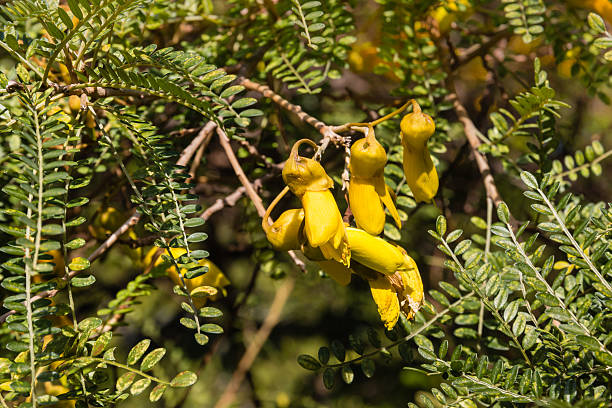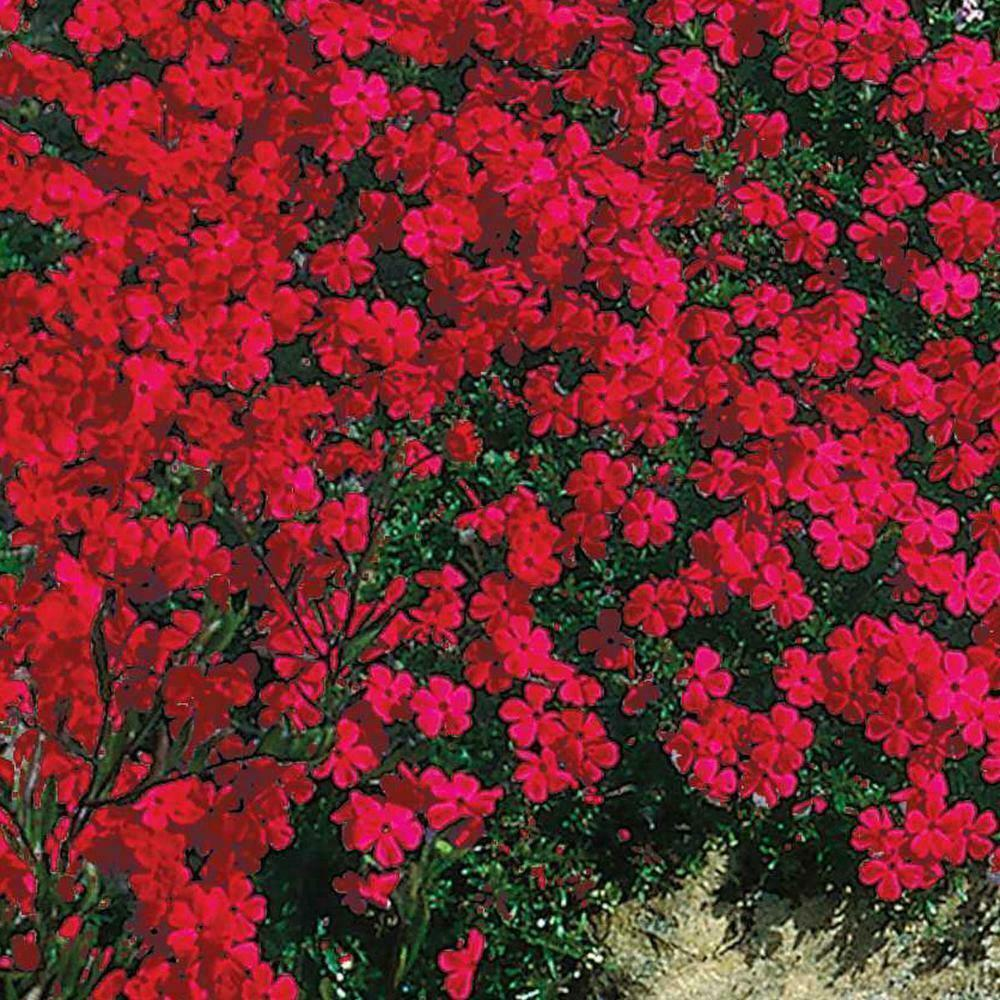New Zealand’s unique climate and landscapes create a perfect environment for cultivating a variety of flowering shrubs. In this article, we delve into the best small flowering shrubs NZ garden enthusiasts can plant to transform their green spaces into vibrant, colorful retreats. From coastal to continental climates, these shrubs offer a range of blooms that not only enhance aesthetic appeal but also attract beneficial wildlife such as bees and butterflies. Let’s explore these botanical beauties, featuring real information and data that gardeners—both novice and expert—will find useful.
1. Kowhai (Sophora microphylla)
The Kowhai, scientifically known as Sophora microphylla, is a standout choice among New Zealand’s small flowering shrubs for several reasons:
- Native Brilliance: Renowned for its stunning yellow flowers, the Kowhai holds a special place as one of the most iconic native plants in New Zealand. Its beauty is not only appreciated but also deeply rooted in Maori tradition, adding to its cultural significance.
- Size and Growth: With a mature height ranging from 2 to 5 meters, the Kowhai is perfectly suited for small gardens or as a focal point in larger landscapes. Its compact size makes it versatile for various garden designs.
- Flowering Season: Spring brings forth the Kowhai’s magnificent display of golden yellow blossoms, which adorn the branches in abundance. This flowering spectacle adds a vibrant touch to any garden landscape.
- Wildlife Attraction: The nectar-rich flowers of the Kowhai are a magnet for local bird species, notably the Tui and Kereru. These native birds are drawn to the Kowhai’s blooms, making it a valuable addition for wildlife enthusiasts.
Care Tips
To ensure the Kowhai thrives and maintains its beauty, here are some essential care tips to follow:
- Soil: Optimal growth occurs in well-draining soil. Avoid waterlogged conditions, as this can lead to root rot. Incorporating organic matter into the soil can improve drainage and nutrient availability.
- Sunlight: The Kowhai thrives in full sun to partial shade conditions. Ensure it receives adequate sunlight throughout the day for robust growth and prolific flowering.
- Watering: Moderate watering is key to the Kowhai’s health. Allow the soil to dry out slightly between watering sessions to prevent waterlogging, which can compromise root health. During hot and dry periods, increase watering frequency to maintain soil moisture levels.
Common Issues and Solutions
While the Kowhai is relatively resilient, it may encounter some common issues that require attention:
- Pest Problems: Leaf blight can occasionally affect Kowhai plants, particularly during periods of high humidity. Symptoms include browning or spotting of leaves. To mitigate pest issues, practice regular pruning to improve airflow and reduce moisture buildup, which can contribute to disease development. Additionally, applying organic fungicides or insecticidal soaps can help control pest infestations without harming beneficial wildlife.
2. New Zealand Flax (Phormium tenax)
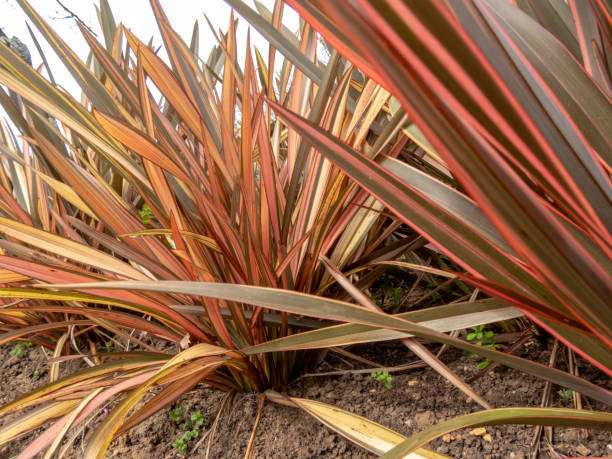
New Zealand Flax, scientifically known as Phormium tenax, boasts several distinctive features that make it a popular choice among gardeners:
- Striking Foliage and Flowers: The New Zealand Flax is renowned for its architectural foliage, characterized by long, sword-shaped leaves that form dense clumps. In addition to its foliage, this shrub produces dramatic flower spikes that can soar to impressive heights, reaching up to 4 meters. These flower spikes, adorned with tubular blooms, add a vertical element to the garden landscape, enhancing visual interest.
- Color Varieties: One of the highlights of the New Zealand Flax is its wide range of color variations, spanning from deep burgundy to vibrant green hues. This diversity in color adds depth and contrast to garden settings, allowing for creative landscape designs.
Ideal Conditions
To thrive and showcase its full potential, the New Zealand Flax requires specific environmental conditions:
- Soil Type: This versatile plant exhibits tolerance to a broad range of soil conditions, from moist, swampy areas to well-drained, drier soils. It adapts well to various soil types, including clay, loam, and sandy soils, making it suitable for diverse garden environments.
- Climate Adaptability: Known for its exceptional hardiness, the New Zealand Flax can withstand a range of climatic conditions, including coastal winds and salt spray. This resilience makes it particularly well-suited for coastal gardens and regions with challenging weather patterns.
Planting and Care
Proper planting and maintenance practices are essential for the successful cultivation of New Zealand Flax:
- Spacing: When planting New Zealand Flax, ensure adequate spacing between individual specimens to accommodate their natural spread. A minimum distance of 1 meter between plants is recommended to allow for proper air circulation and prevent overcrowding, which can inhibit growth.
- Maintenance: New Zealand Flax is relatively low maintenance, requiring minimal intervention once established. However, occasional trimming of dead or damaged foliage can help maintain its shape and appearance. Pruning can also stimulate new growth and rejuvenate the plant, ensuring continued vigor and vitality.
3. Hebe ‘Inspiration’
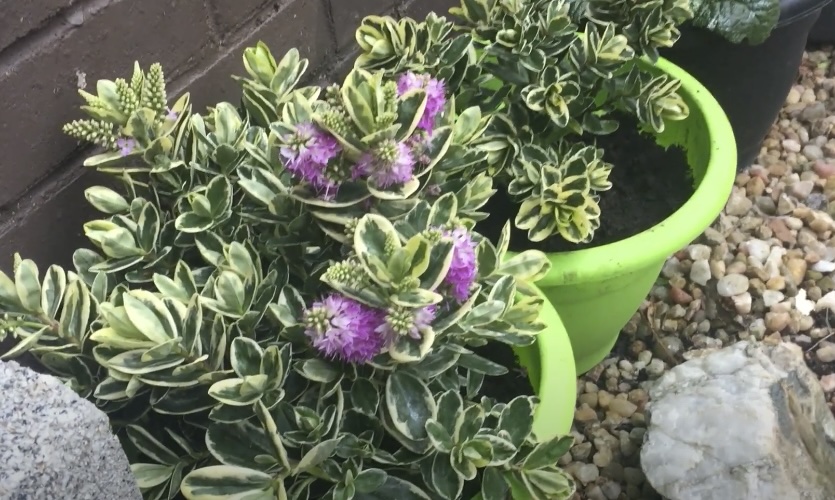
Hebe ‘Inspiration’ is a charming small flowering shrub that boasts several appealing features:
- Floral Display: One of the primary attractions of Hebe ‘Inspiration’ is its dense spikes of violet-blue flowers. This striking floral display adds a splash of color to garden landscapes, making it a standout among New Zealand’s best small flowering shrubs. The vibrant hues of the flowers draw attention and contribute to the overall visual appeal of the plant.
- Compact Size: Hebe ‘Inspiration’ exhibits a compact growth habit, typically reaching a height and width of about 50 cm. This petite stature makes it well-suited for border plantings, rock gardens, or container gardening, where space may be limited. Its small size allows for versatile placement within the landscape, creating opportunities for creative garden designs.
Growth and Care
To ensure the optimal growth and health of Hebe ‘Inspiration’, specific care requirements should be considered:
- Light Requirements: While Hebe ‘Inspiration’ prefers full sun conditions, it can also tolerate partial shade. Providing ample sunlight is essential for promoting robust growth and prolific flowering. However, it can adapt to slightly shaded areas, making it suitable for a variety of garden settings.
- Watering Regime: Proper watering is crucial for the well-being of Hebe ‘Inspiration’. It thrives in well-drained soil and requires moderate watering, particularly during dry periods. Avoid overwatering, as this can lead to root rot and other moisture-related issues. Monitoring soil moisture levels and adjusting watering frequency accordingly is key to maintaining plant health.
Tips for Best Performance
For optimal performance of Hebe ‘Inspiration’, adhere to these tips: Light pruning post-flowering preserves the plant’s compact shape and stimulates continuous blooming. Eliminate spent flower spikes and trim any leggy or overgrown branches to foster robust growth and a neat look. Regular pruning rejuvenates the plant, preventing excessive density, enhancing airflow, and minimizing disease susceptibility.
4. Marlborough Rock Daisy (Pachystegia insignis)
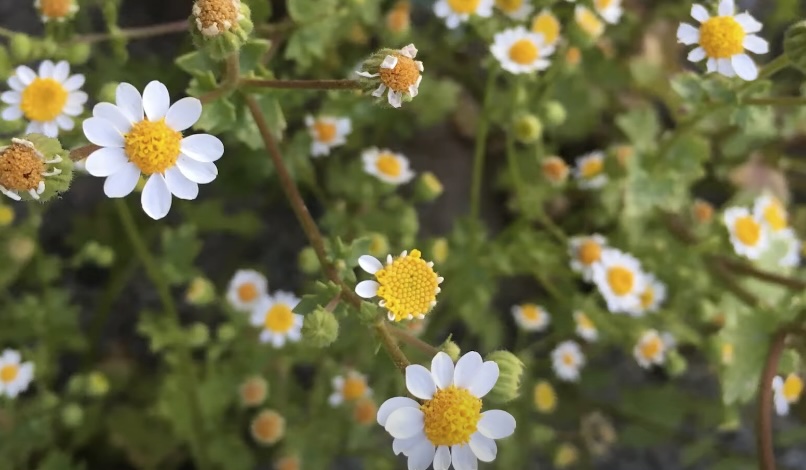
The Marlborough Rock Daisy, scientifically known as Pachystegia insignis, possesses several unique characteristics that set it apart:
- Appearance: Recognizable for its broad, leathery leaves and charming white or pale pink daisy-like flowers, the Marlborough Rock Daisy presents an attractive foliage and floral display. Its striking blooms contrast beautifully against the backdrop of its sturdy foliage, adding visual interest to any garden landscape.
- Rugged Charm: Originating from the rocky coastal areas of New Zealand, the Marlborough Rock Daisy embodies resilience and rugged beauty. Adapted to harsh environmental conditions, this native plant thrives in challenging coastal landscapes, making it a sought-after addition for gardens seeking both durability and aesthetic appeal.
Optimal Growing Conditions
To support the healthy growth and development of the Marlborough Rock Daisy, specific environmental conditions are essential:
- Environment: Marlborough Rock Daisy prefers rocky, well-drained soil, replicating its natural habitat along coastal cliffs and rocky outcrops. It thrives in full sunlight, although it can tolerate partial shade in certain conditions. Providing a suitable substrate mimicking its native rocky environment promotes optimal growth and flowering.
- Toughness: Renowned for its resilience, the Marlborough Rock Daisy exhibits exceptional toughness, making it well-suited for challenging conditions. It demonstrates high tolerance to salt spray and drought, attributes derived from its coastal origins. This adaptability allows it to thrive in coastal gardens and regions with harsher climates.
Care Advice
The Marlborough Rock Daisy is effortlessly maintained owing to its innate resilience and adaptability. Requiring minimal care, this plant is well-suited for arid environments, needing only occasional watering once established, although regular watering during the initial phase aids in root establishment. Furthermore, it thrives with infrequent watering thereafter. With its generally low-maintenance nature, the Marlborough Rock Daisy typically demands little attention beyond sporadic pruning to eliminate dead foliage and stimulate fresh growth.
5. Dwarf Koromiko (Hebe odora)
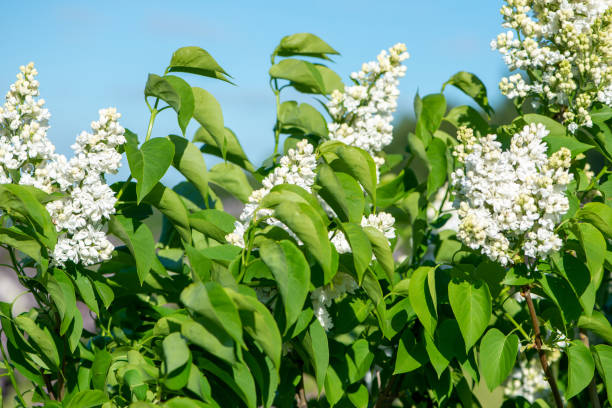
The Dwarf Koromiko, scientifically known as Hebe odora, is adored by gardeners for several compelling reasons:
- Flower and Foliage: This delightful shrub produces charming white blooms that contrast beautifully with its small, rounded leaves. The combination of delicate flowers and lush foliage creates a visually appealing display, adding a touch of elegance to any garden setting.
- Perfect for Small Spaces: With a mature height of approximately 60 cm, the Dwarf Koromiko is perfectly suited for gardeners seeking to maximize their space with compact plants. Its diminutive size makes it an excellent choice for container gardens, border plantings, or small garden spaces where every inch counts.
Care Essentials
To ensure the health and vitality of the Dwarf Koromiko, certain care essentials should be observed:
- Soil Preference: The Dwarf Koromiko thrives in well-drained soil that provides adequate moisture without becoming waterlogged. Amend heavy soils with organic matter to improve drainage and create an optimal growing environment for this compact shrub.
- Sunlight Exposure: Full sun to partial shade is ideal for encouraging blooming and maintaining overall plant health. Providing sufficient sunlight ensures vigorous growth and prolific flowering, enhancing the ornamental appeal of the Dwarf Koromiko in the garden landscape.
Maintenance Tips
Proper maintenance practices, such as seasonal pruning, are essential for ensuring the longevity and beauty of the Dwarf Koromiko. Perform pruning in late winter to eliminate dead or damaged branches and sculpt the plant for the approaching growing season. This rejuvenating pruning not only stimulates robust spring growth but also fosters abundant flowering. Moreover, the removal of spent flower heads post-blooming can extend the flowering period and facilitate continuous blooms throughout the season.
Conclusion
Incorporating these best small flowering shrubs NZ natives into your garden not only boosts its beauty but also supports local ecology. Whether you are a seasoned gardener or just starting out, these flowering shrubs offer a delightful and rewarding gardening experience.
FAQ
Most small flowering shrubs prefer well-draining soil and a position that receives full sun for at least part of the day. Regular watering, especially during dry spells, and annual feeding with a balanced fertilizer will promote healthy growth and flowering.
Pruning requirements can vary. Generally, light pruning is beneficial after the flowering season to maintain shape and encourage new growth. Always check specific care guidelines for each shrub type.
Yes, all the shrubs listed, especially Hebe ‘Inspiration’ and Dwarf Koromiko, are excellent choices for container gardening due to their compact sizes and attractive blooms.
Absolutely! Shrubs like Kowhai and Hebe are particularly known for attracting birds and beneficial insects, which can help with pollination and add life to your garden ecosystem.
